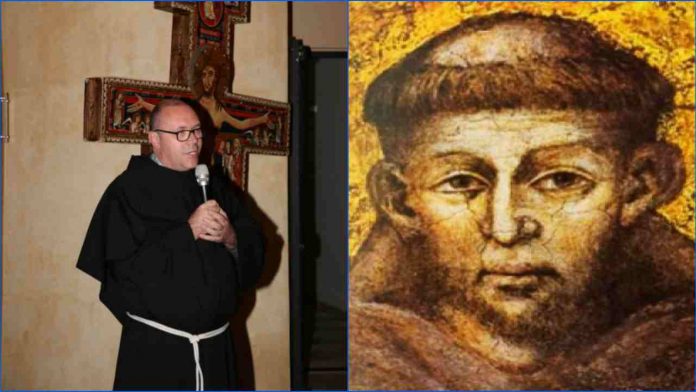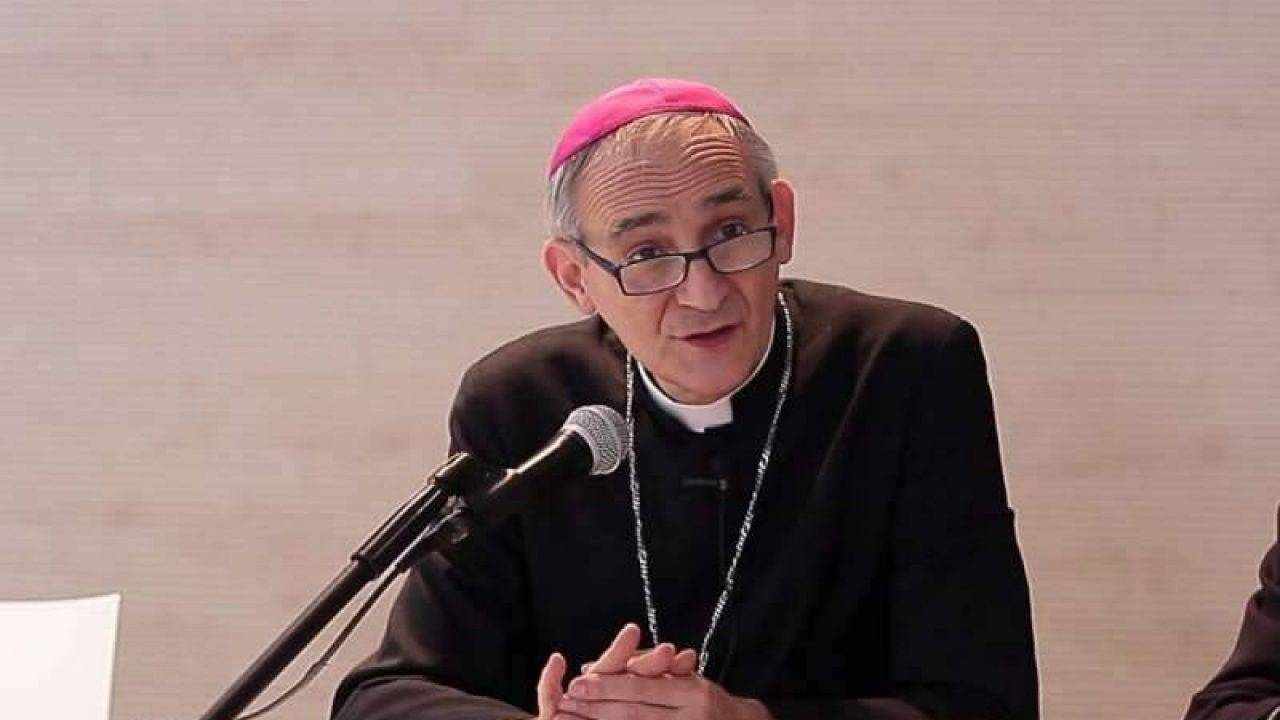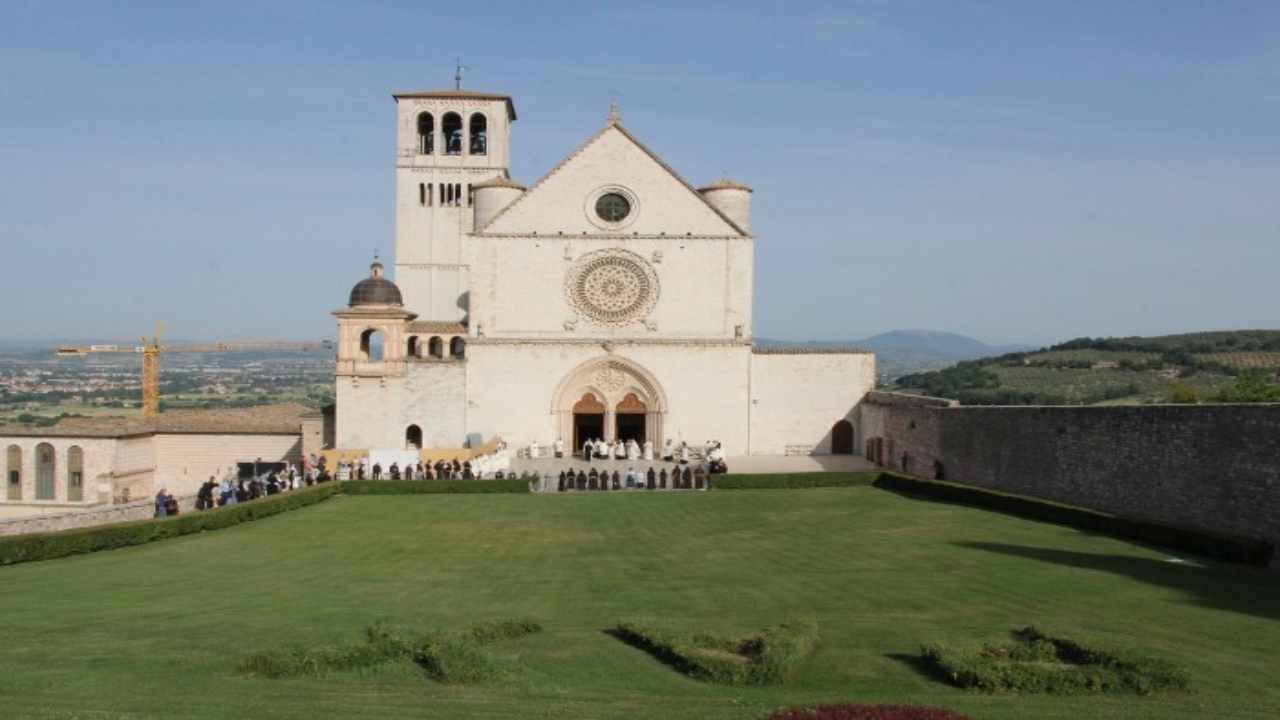
“The tradition of Italy is not to close, but to open up. That the light of the Saint of Assisi it does not represent only the unity of our country but of Europe, which gives light to those who live it darkness of war“. These are the words that the cardinal Matteo Zuppiarchbishop of Bologna and president of the Italian Episcopal Conferencepronounced on the eve of the feast of St. Francis of Assisi on 4 October, when, on this occasion, the President of the Republic Sergio Mattarella, on behalf of all Italians, he lights the votive lamp. A light, that of Francis, which for eight centuries has illuminated the world with his message of sharing, service and love for all creatures, which are a gift from the Lord.

The interview
On the occasion of the Franciscan solemnity on 4 October, the Interris.it interview with fra Marco Moronikeeper of the Sacred convent of Assisthe.
Who was Saint Francis and what kind of spirituality was his?
“He was a saint of his time who was able to innovate the life and holiness of the Church in a difficult moment for the latter. He was very similar to Christ, so much so that he is called alter Christus, because he sought the same type of relationship with the Father, with his brothers and all creatures. An identification that is sealed by the gift of the stigmata. Francis put himself at the service of the Church and supported it, at the same time renewing it with humility and with the ability to give concrete signs of a different way of living. This was possible thanks to the brothers, those who followed him, whom he himself said he had as a gift from God. His spirituality was that of a good life spent in the service of the Gospel, driven by the element of fraternity. . This was the novelty of him, the itinerant fraternity of beggars and preachers unlike the stable one of the monks. Francis and his brothers lived off the fruit of their work and at the same time proclaimed through the word and setting an example in a simple way, as in the service of lepers. An important element of San Franciscan spirituality is its simplicity, together with the love for all creatures who are God’s creatures. In his writings, a treasure chest of what is his spirituality, we find his ability to praise God and his ardent desire for life in friendship with the Lord ”.
St. Francis is also known as the poor man of Assisi for his choice to live next to what she called “Our Lady of Poverty”. Today, according to Italian Caritas, there are 5.6 million people in absolute poverty in Italy and one in five in Europe. What types of poverty are we dealing with, between yesterday and today?
“We must distinguish between poverty as misery and poverty as liberation from the possession of goods, a sense of absolute freedom. A praise of misery would be absurd because the goods of the earth are important, but often it is not we who own them, but they own us. Saint Paul spoke of ‘living as if not’ and the Franciscan meaning is to live without clinging to goods. Francis was the first to renounce everything until he no longer possesses anything and in Franciscan practice the possibility of having goods at the community level, shared, with a healthy detachment from them, is brought forward. Francis doesn’t just serve the poor, he lives with the poor. In the Basilica of Assisi there is the Giotto veil of the allegory of Poverty which represents the ‘marriage’ of Francis with ‘Madonna Poverty’. At the foot of Poverty there is a bush while a rose garden grows from its shoulders: poverty chosen for the love of Christ is a sign of freedom that makes life flourish. A poverty that does not concern only material goods: Francis often spoke of restitution as everything came to us from God and everything we do is by his grace ”.

In times of the Crusades, St. Francis went to the Holy Land to meet Sultan Malik al-Kamil. An example of interreligious dialogue in times of war. Now that Europe has war on its eastern side, how can we give value and vigor to dialogue?
“We also need to dialogue with the ‘enemy’, otherwise the doors are completely closed to any possibility of negotiation, but unfortunately today we do not hear about negotiation and dialogue either from one side or the other. So if the powerful don’t do it, at least the people, the population, live it. It is necessary to increase the attitude to dialogue starting from the smaller communities, from families, from civil society, because we are not ‘trained’ for this, on the contrary, competition is increasingly encouraged. Social media lead us to take a clear position and sometimes even not thought, not reflected, to oppose ourselves. We must build paths of dialogue and peaceful confrontation right from school, because the ways of understanding and achieving peace are very different, but it is necessary to begin with the practices of peace in order to arrive at peace ”.
Among the threads that unite the past and the present there is also another one, the following: how much, in the encyclical Laudato si ‘by Pope Francis, is there in the Canticle of the creatures of the poor man of Assisi?
“In addition to the textual citations, which are not lacking, the whole encyclical is pervaded by the sensitivity of Francis expressed in the Canticle. The encyclical is crossed by this feeling because it recognizes nature as Creation. Nature is a gift from God for us and our life must be oriented to breathe with it. In Laudato si ‘there are indications for good practices that derive from this very foundation of believers, even if the document is addressed to everyone with inspiring contents and concrete practices ”.
What did the Holy Father’s choice to take the name of St. Francis mean?
“The magisterium of Pope Francis is profoundly Franciscan, the choice of the name is symbolically of great strength and from the very beginning of his magisterium we could say that it hinted that we had to prepare ourselves for some deeper, more comprehensive discussion. Already in his first public outings, first in Lampedusa and then in Assisi on October 4, 2013, he highlighted St. Francis ‘going to meet the poor, then his thought was increasingly explicit, especially through the encyclicals Laudato si’ e All brothers, as well as in many other interventions and writings. Pope Francis is building a Franciscan perspective for the Church today to offer to the world. Beyond the titles of the texts, the contents are deeply imbued with Franciscan spirituality: Francis of Assisi starts from the Gospel, speaks of universal brotherhood that excludes no one and of the relationship with creation as a gift from God ”.
How is the life of the Conventual Franciscans today?
“Very varied according to the individual places, countries and convents where you are, whether it is a traditional convent, a parish or a study center, a community that works with those in distress. Today we need to live today with the same spirituality of Francis, adapting our choice of life and placing it in the concreteness of where we live, of the people with whom we come into contact. Pluriformity is truly a richness and in the various forms we must today represent, cultivate and live the choices of Francis ”.
If you want to comment on the article send an email to this address: write tointerris@gmail.com
I notify: the advertisements that appear on the page are automatically managed by Google. Despite having put all the necessary filters, it may happen to find some banners that arouse perplexity. In case, even if it does not depend on our will, we apologize to the readers.
Fra Marco Moroni: “Francis, a saint of his time who renewed the Church”

